As a family, we spent the summer camping in France. We love the great outdoors and the French seem to deliver this in a way which is unrivalled by any other country. As part of our journey home, we wanted to tick off a key bucket list item. Cycling in The Netherlands.
As a family, we love cycling and enjoy this from both a recreation and active travel perspective. The latter in the UK requires careful planning and parental safety guidance at all times.
The Netherlands is lauded for its cycling infrastructure and Twitter (X) is rife with videos of those from all walks of life and ability levels cycling. These videos tend to however be city orientated where cycling is the primary mode of transport. On our visit we wanted to see other sides of the Netherlands; particularly the suburbs and how cycling was in these locations.
We spent 5 days in the Netherlands; two of which were spent camping on the fringes of the city of Valkenburg and two days in the village of Zevenhuizen. We also visited Rotterdam and the city of Delft which has long been on my list of places to visit. I believe this gave us a good grasp of cycling with children in the Netherlands vs. the UK. It’s hard not to be downbeat about what we have in the UK vs. the Netherlands but I also want to be objective.
If you are in the UK I will say that cycling is a fantastic way to spend time together as a family, enjoy the outdoors, and stay active.
However, the experience is vastly different to the Netherlands and other mainland European countries. Let’s dive into the differences, challenges, and what families can expect when pedalling through these nations.
Cycling Infrastructure
The Netherlands:
The Netherlands is renowned worldwide for its cycling infrastructure. With a flat landscape and urban planning that prioritises cyclists, it’s a paradise for riders of all ages.
The country boasts about 35,000km of dedicated bike paths, which are often separated from the main roads by greenery or physical barriers, ensuring maximum safety.
Intersections in cities like Amsterdam or Utrecht are designed with cyclists in mind, with clear signage, bike-specific traffic lights, and roundabouts that prioritise bike traffic.
The UK:
The UK is making strides to improve its cycling infrastructure, especially in major cities. London, for instance, has introduced segregated ‘Cycle Superhighways.’
However, much of the country; especially suburban areas still relies on either the cyclist being part of the road, shared-use paths, where pedestrians and cyclists mix, or painted bike lanes on roads, which can leave families feeling exposed to traffic.
We live in a suburb of Wakefield, a small city in Yorkshire. Our journey to the city centre is less than 3 miles yet it’s a difficult journey with young children. There’s little to no biking infrastructure and when there is a painted bike lane there are commonly cars parked within it. The issue with this is drivers behind you become irate that you have ventured into the road around the parked car; despite the car being an obstruction.
This makes what should be an easy journey far more difficult than it needs to be.
On the contrary, The National Cycle Network, managed by Sustrans, does offer over 1600 miles of signed routes, some of which are traffic-free and great for families. We use these regularly but for day-to-day active travel, we are sadly exposed to the lack of planning and prioritisation of cars over other means of transport.
Observations:
Cycle infrastructure next to motorways/busy roads:
When staying in Zevenhuizen we were shocked by the Cycling infrastructure alongside busy roads like motorways. This enabled people to cycle freely on routes which wouldn’t be deemed possible in other locations.
With electric bikes, this opens up types of opportunities. It’s possible to safely cycle into the City of Rotterdam from Zevenhuizen without having to battle drivers. This in turn alleviates pressure from the main roads for car users.
Single car lane on country roads which narrow:
This was a super interesting one for us. When staying in Valkenburg our campsite was a couple of miles outside the city and the main access was a small, country road. Although there was no dedicated cycling infrastructure at the side of the road there were bike lanes on either side of the road. What was interesting was this was a road where traffic travelled in both directions yet it was essentially a single track.
Sure cars would be within the cycle ‘paint’ however it was clear the priority was for the bike user. What was also interesting was that the road narrowed as did the primary ‘car’ part of the road whereas the bike lane remained the same size.
Cars essentially had to work with the bike users for safe passage.
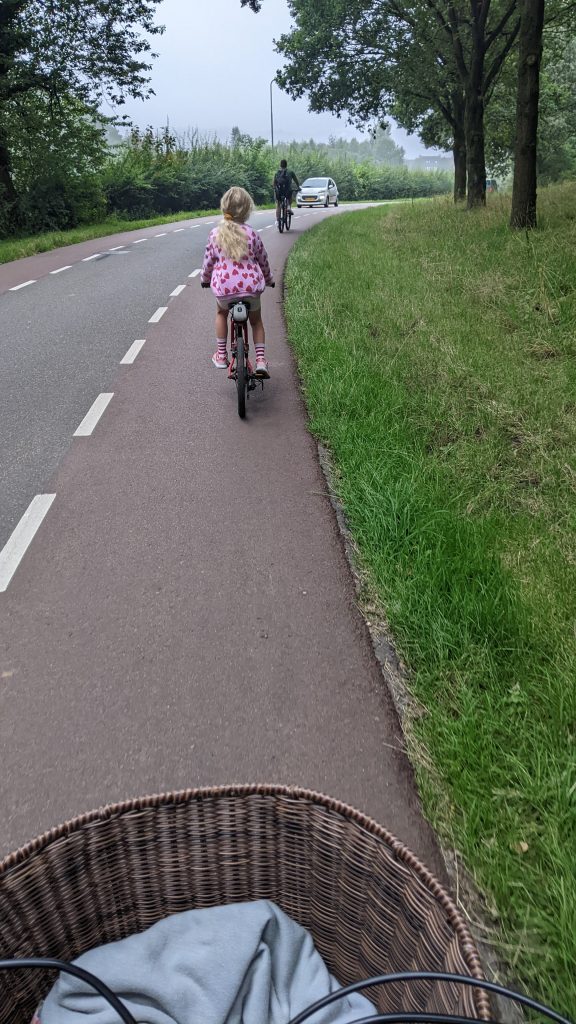
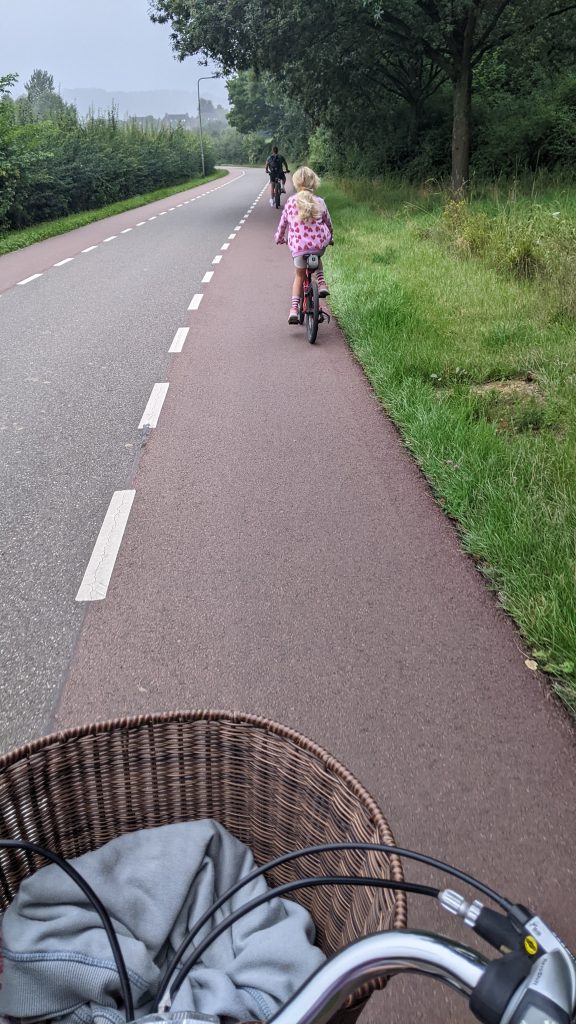
Safe infrastructure enables more journeys to be done via bike:
As a family, we are realists and understand that the car is a wonderful piece of manufacturing. It’s taken us throughout Europe with comfort and ease. We do however believe for general day-to-day life they are heavily overused in the UK and this is not great for health, the environment and general well-being. We noticed in the Netherlands that because infrastructure exists normal day-to-day things are done via bike without thought. We ventured to a supermarket and there were more bikes and pedestrians than there were cars. We happened to ‘drive’ past a football match in Rotterdam as we visited and there must have been around 1,000 bikes outside ridden by supporters.
We also noticed that safe infrastructure provides freedom and autonomy to teenagers. We saw many teenagers riding home together. Two girls who looked as though they had been to sports practice. In the UK this may involve parents ferrying their kids from sports club to sports club as the roads are unsafe for solo travel.
New developments are built with people in mind:
We visited a new development in Zevenhuizen a village we were staying in 12 km outside Rotterdam. It was a fairly large development but not huge. Perhaps a couple of hundred households. The development had a school, cycle and walking structure throughout, tree-lined streets, canals (of course) and most shocking of all 6 parks!
We couldn’t believe our eyes. It was as if each mini area had a dedicated park but they were all walkable. These weren’t fully fledged parks but perhaps a swing and a slide at one, something else at another. It was family planning at its finest.
Our previous property was in South Leeds on one of the biggest new housing developments. It had one central park and no additional school was built. There were very few trees and zero cycling infrastructure. Some areas didn’t even have pavements. The areas of the Netherlands we experienced seem to develop with people in mind.
There are still a lot of cars….BUT:
I was actually shocked by the number of cars in the Netherlands. I naively figured there would be very few but the roads can be really busy; particularly the motorways.
Urban Planning is the key here though. We rarely saw pavement parking. Developments would have a parking space per house and a communal car park for overflow cars. Walking and cycling were built into all developments; even those 20/30 years old. The cities were pro cycling and walkable neighbourhoods and parking was very expensive.
Level of Traffic
The Netherlands:
Cycling is deeply ingrained in Dutch culture, and motorists are generally very aware of cyclists. This cultural understanding leads to less aggressive driving around cyclists, creating a more harmonious traffic environment.
Most Dutch cities have lower speed limits in urban areas, further enhancing safety for cyclists.
The UK:
While many UK cities are becoming more bike-friendly, cyclists, especially families with younger kids, need to be cautious of traffic, especially outside of dedicated lanes.
Some rural routes can be narrow with high-speed limits, requiring extra vigilance.
Observations:
The levels of traffic in the Netherlands were still high. People have cars and they use them. The difference is that when cycling this never felt like a problem as it does here. There was less impatience, pavement parking and there seemed to be an understanding of the laws.
Speed limits were also much lower; particularly within Urban areas and from our limited time in the country the majority of motorists were receptive to this. Traffic was present but it didn’t compromise other modes of transport which overall created a better experience.
Culture
The Dutch have a deeply embedded bike culture. It’s not uncommon to see parents with one or more kids on a single bike, or groups of schoolchildren cycling together. In the UK, while cycling is popular, it’s not as pervasive a mode of daily transport as in the Netherlands.
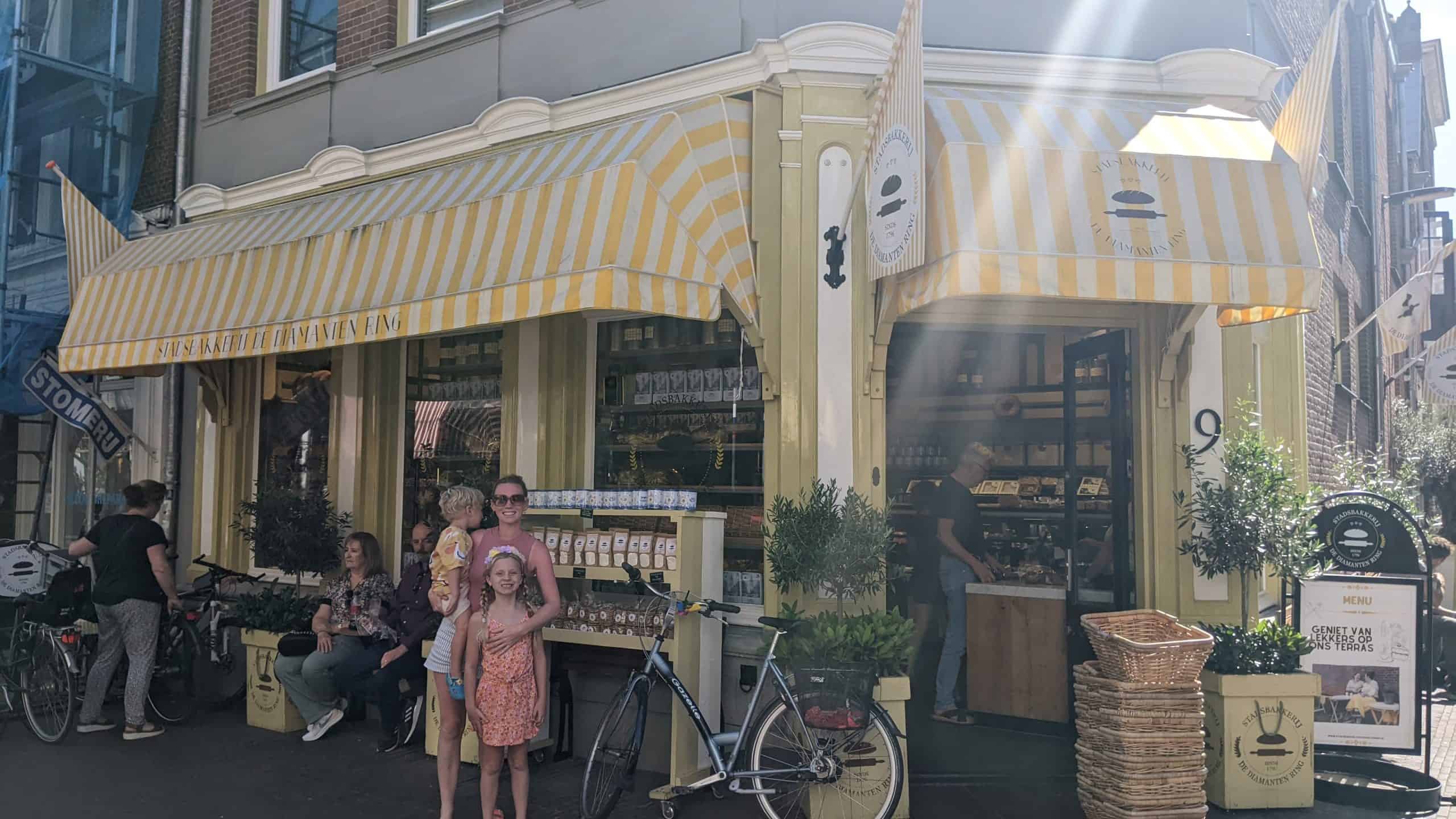
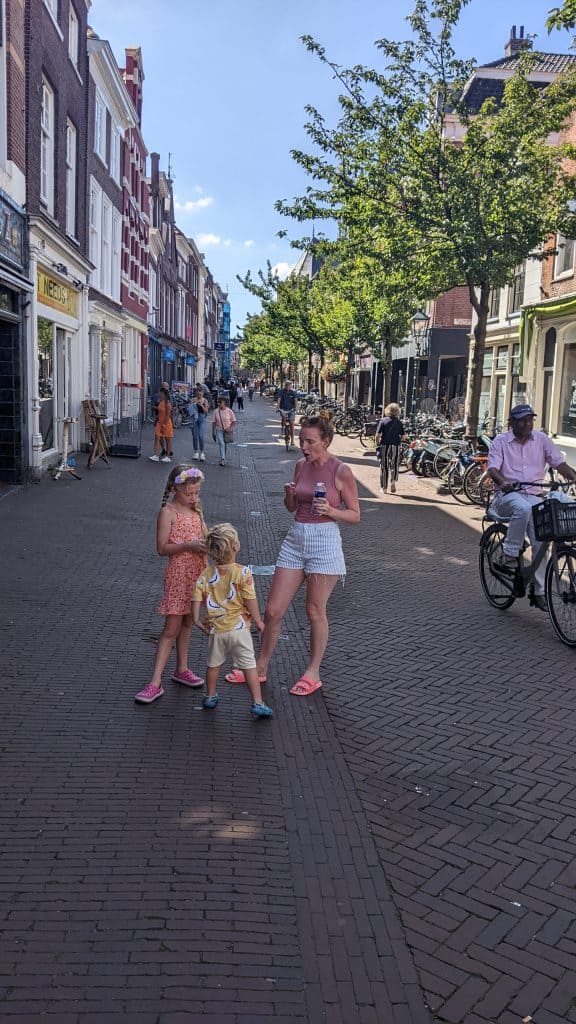
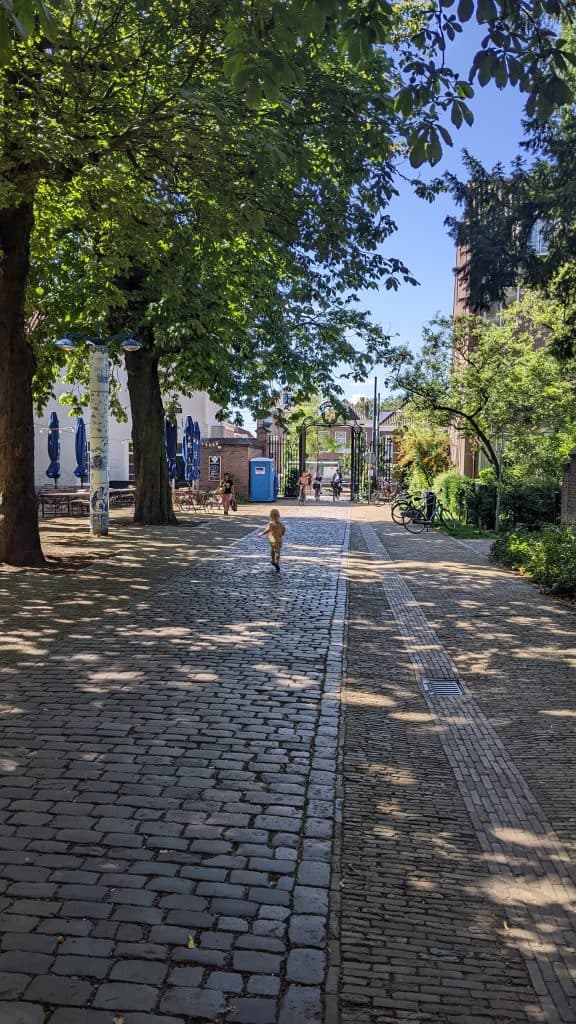
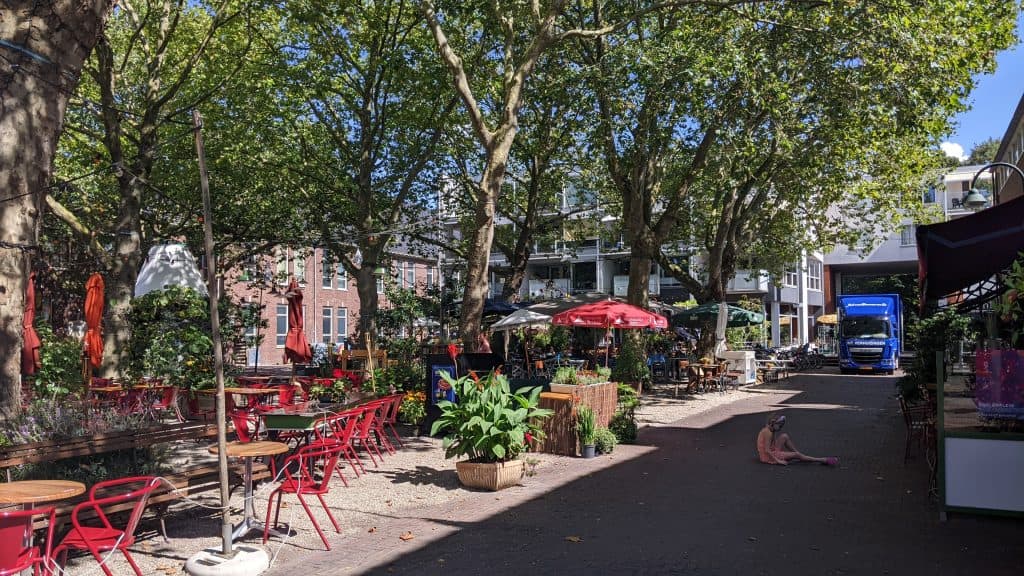
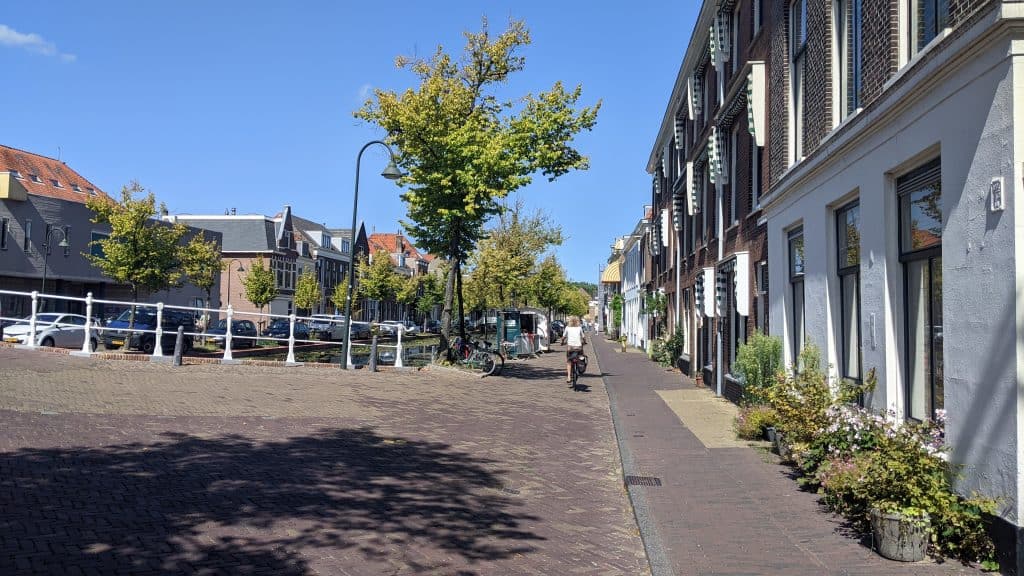
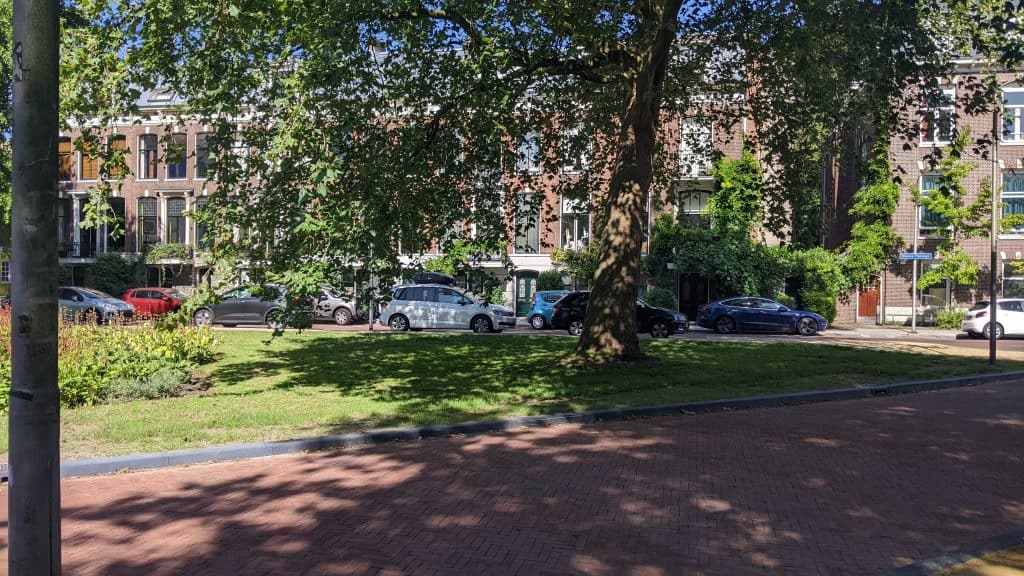
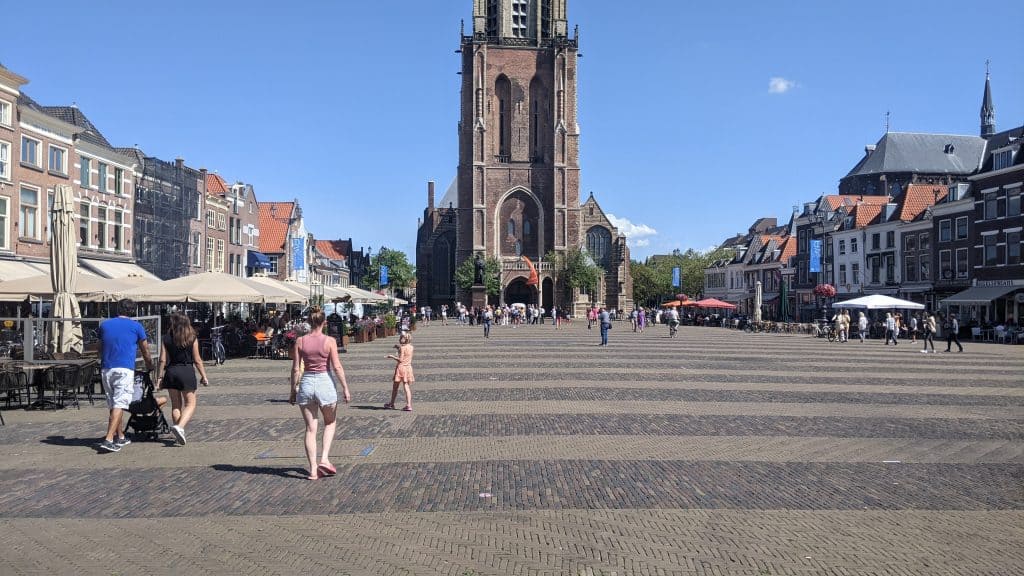
Observations:
Within the Netherlands, cycling is seen as a mode of transport whereas in the UK there’s a perception that cycling is purely road cycling. The Dutch have realised that cycling as a mode of transport is an efficient way to perform day-to-day activities whereas in the UK it’s sometimes seen as an inferior mode of transport.
Car culture as a sign of wealth is more prominent here than in the Netherlands. As a result, the car is seen as the dominant mode of transport and some drivers can be frustrated with cyclists. We’ve had many situations where a motorist has passed us incredibly close; even with a two-year-old and seven-year-old in tow.
We didn’t experience this in the Netherlands and if the UK is to become a society which provides a more balanced approach to transport then it will need a huge cultural shift.
But as a country with the highest levels of obesity in Western Europe and a strained health service, you would assume this would be a shift we have to make.
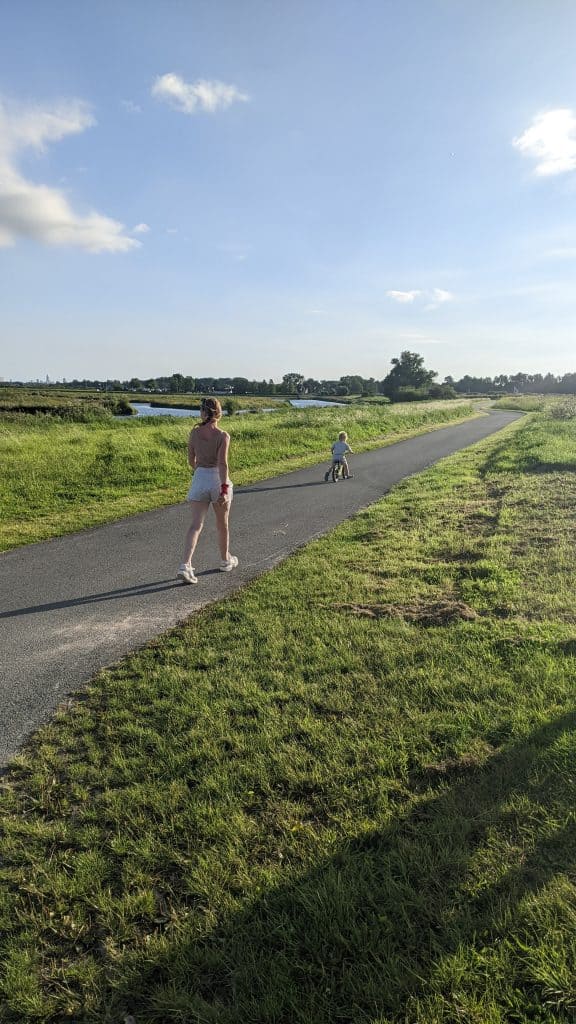
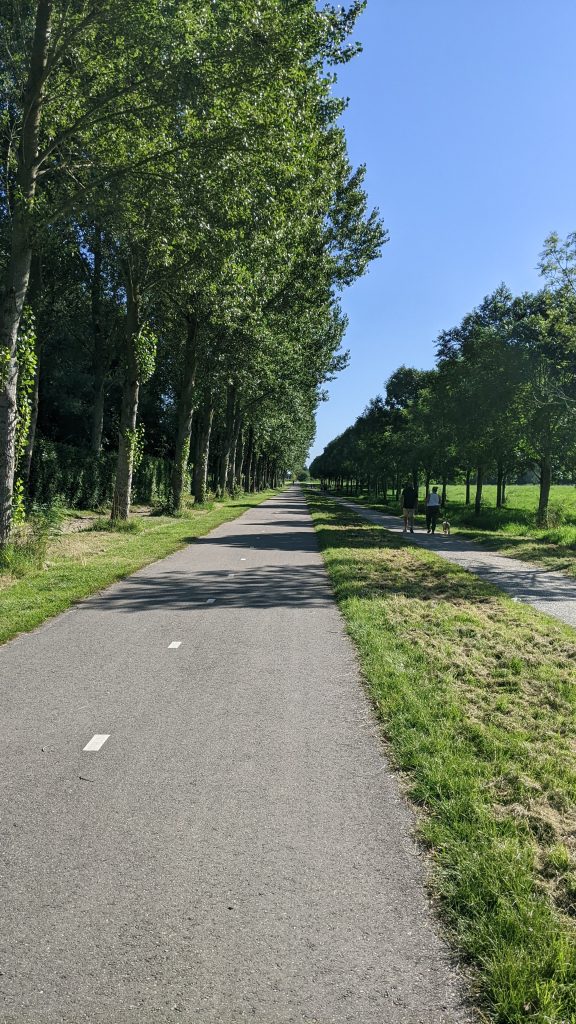

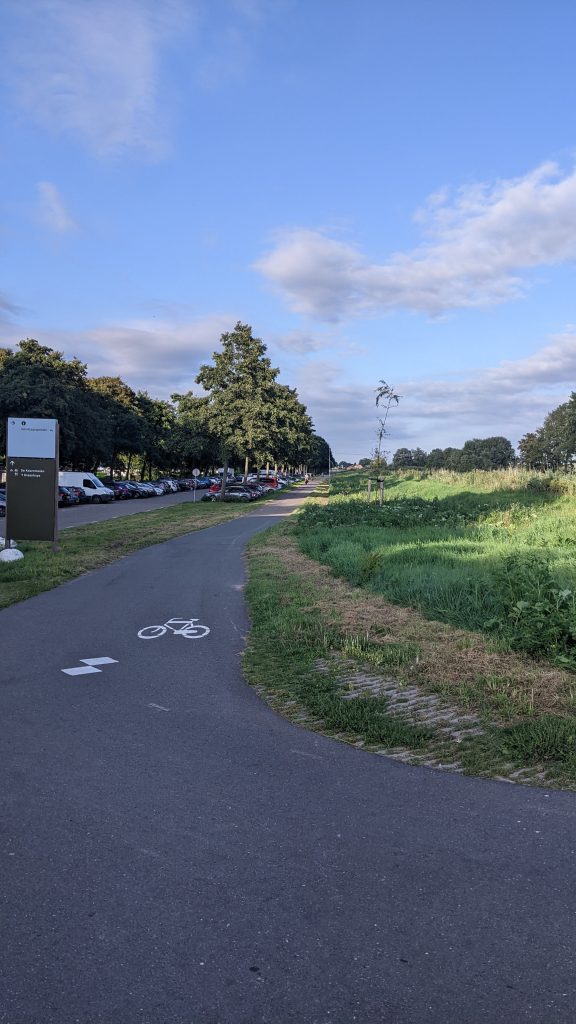


Terrain
The Netherlands is predominantly flat, making it easier for riders of all ages and abilities. The UK, on the other hand, can offer varied terrains which might be challenging for younger cyclists.
Observations:
Our experience of the Netherlands was that it was much easier to cycle given the terrain. But this further enforces the point as to why it’s so important here in the UK.
Not all journeys have to be done via bike. Perhaps a trip to the dentist, taking your kids to school or to the local park. If it can be the norm to perform local trips via bike then it eliminates a large % of journeys and makes the streets safer and clearer for those who use a vehicle for work purposes.
Furthermore, with the emergence of electric bikes (with a 50+ mile range), most day-to-day activities can be completed quickly (sometimes quicker than via car) and at a price point of between £1000-£3000, it’s far cheaper than an electric car.
Weather:
Both countries have unpredictable weather, but the UK might be slightly wetter (on average). Families should be prepared for rain in both nations but might encounter more hilly and windy conditions in the UK.
The weather is commonly seen as a problem as to why cycling is not something which can be widespread in the UK however in the Netherlands and Scandinavian countries people cycle in all conditions (even snow).
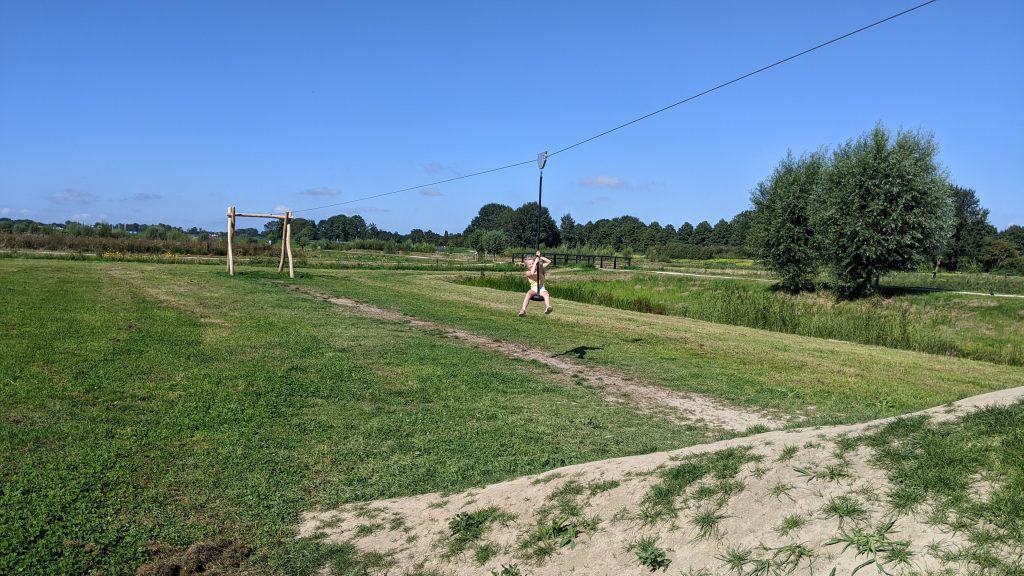
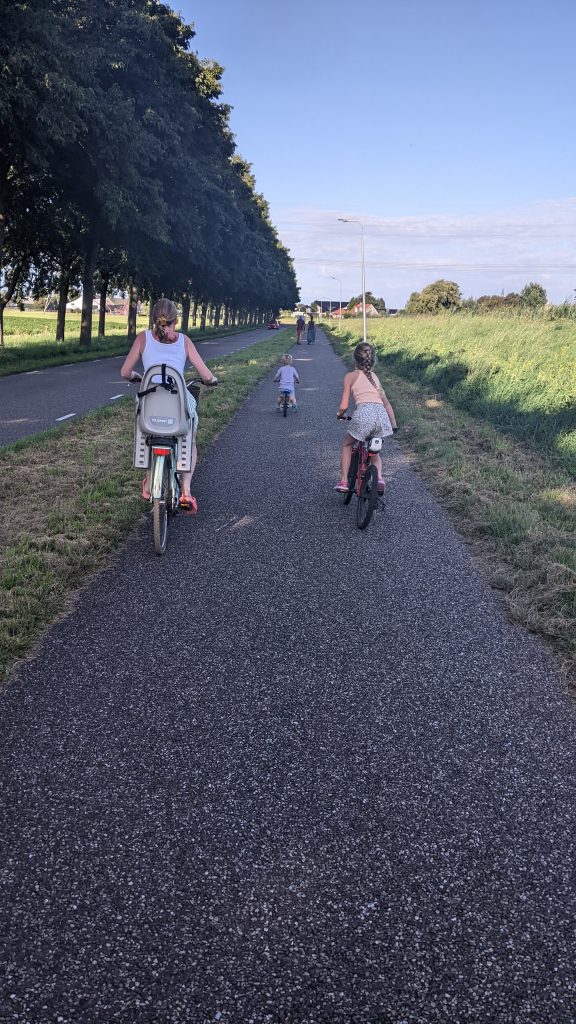
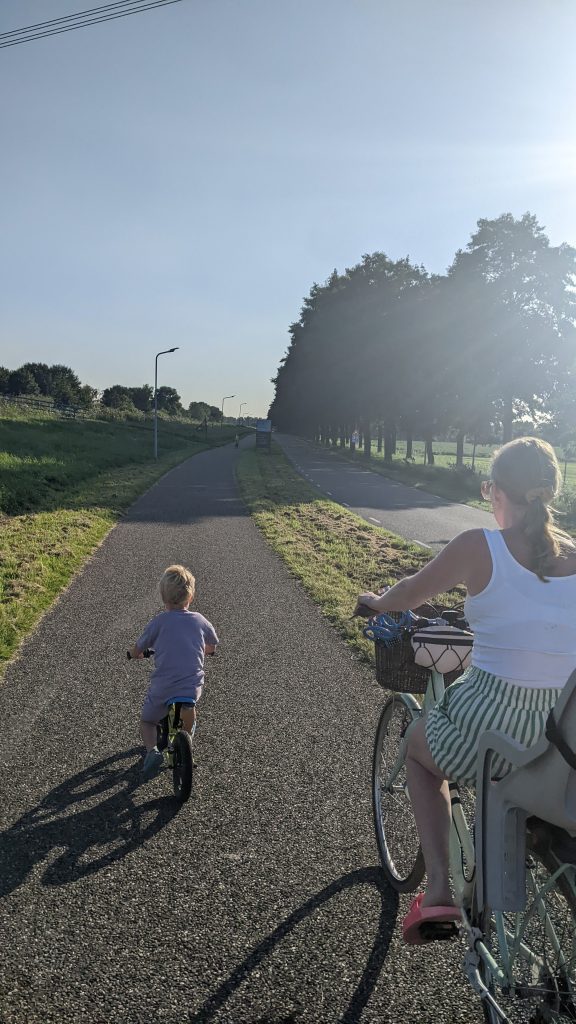
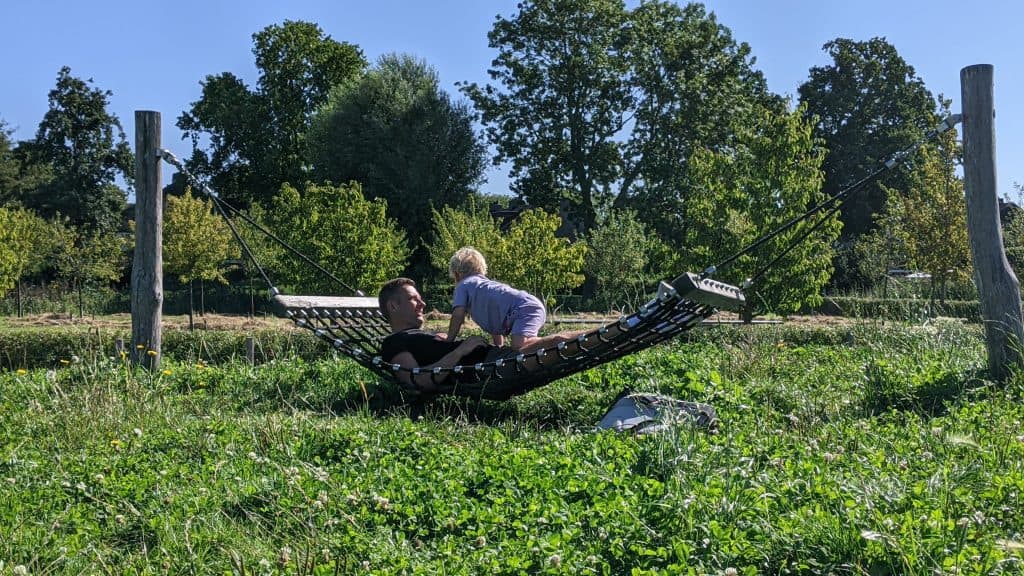

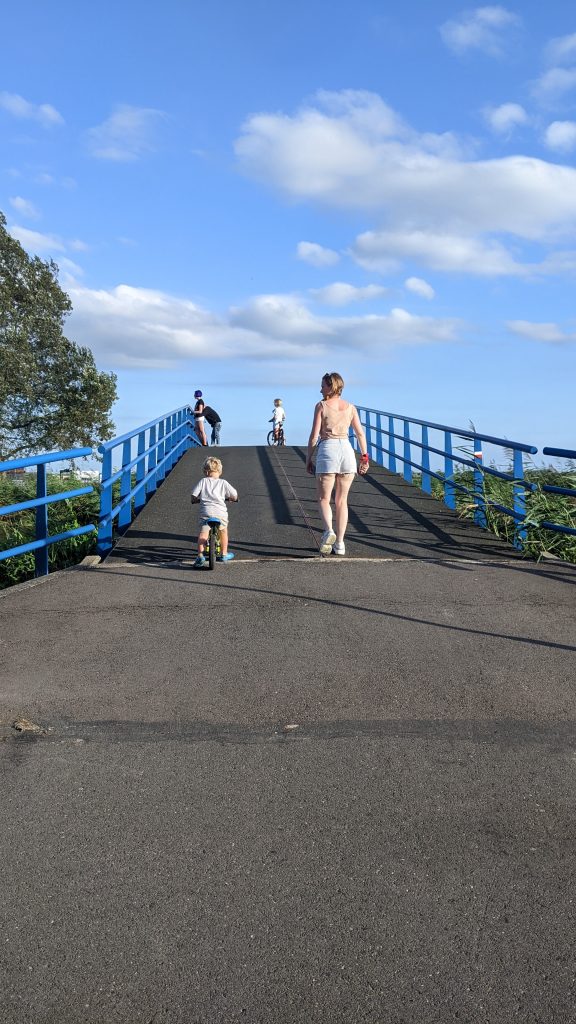
Challenges: The Netherlands vs. The UK
The Netherlands:
For newcomers, understanding the flow and rules of cycling in busy areas can be overwhelming initially and we found this, particularly within the cities where people were in more of a rush. We visited both Delft and Rotterdam and even as seasoned family cyclists we found it a little overwhelming.
Most people were understanding and as tourist cities, I imagine they are used to it but you did feel at times you were holding people up!
The UK:
Inconsistencies in cycling infrastructure can be a challenge. A route might start with a segregated bike lane but lead onto a shared road, which can be daunting for families.
Awareness and respect from motorists can be varied, especially in areas less accustomed to cyclists.
Cycling in the UK; particularly on roads with children is really tough. Parked cars, speeding, and aggressive driving are all daily occurrences. The vast majority of people are sympathetic but there’s still an attitude that the road is for cars and cars only.
While in the Netherlands we were able to ride our bikes to a local park while Barney our two-year-old boy was on his balance bike. This was purely down to the segregated infrastructure with clear boundaries between the cycle path and the road.
This is something you could only dream of in the UK and it made the experience feel special. It may seem like a small thing but I believe it would improve the life of many throughout the UK if adopted. To attempt something similar in the UK you would cross busy roads and would have to be running alongside your child at all times. It’s just not possible in the same way.
Conclusion
For families, the Netherlands offers an unparalleled safe and integrated cycling experience, ideal for riders of all ages. The UK, while improving, requires a bit more planning and caution, especially on routes shared with traffic.
As a resident of the UK, there were aspects of the Netherlands that we can only dream of but as a starting point we would love to have a level playing field of respect and safety for however you choose to make your journeys.
Last Updated on January 29, 2025 by Ryan
Hello. I am Ryan and along with my wife Beth and our two children Matilda and Barney, we love all things cycling and exploring. We spend our weekends exploring fun places to cycle and discover and wanted to help other people do the same too. There’s no better way to travel than via bike and it’s an amazing activity for the whole family to enjoy.
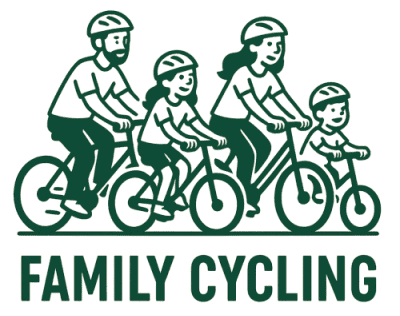
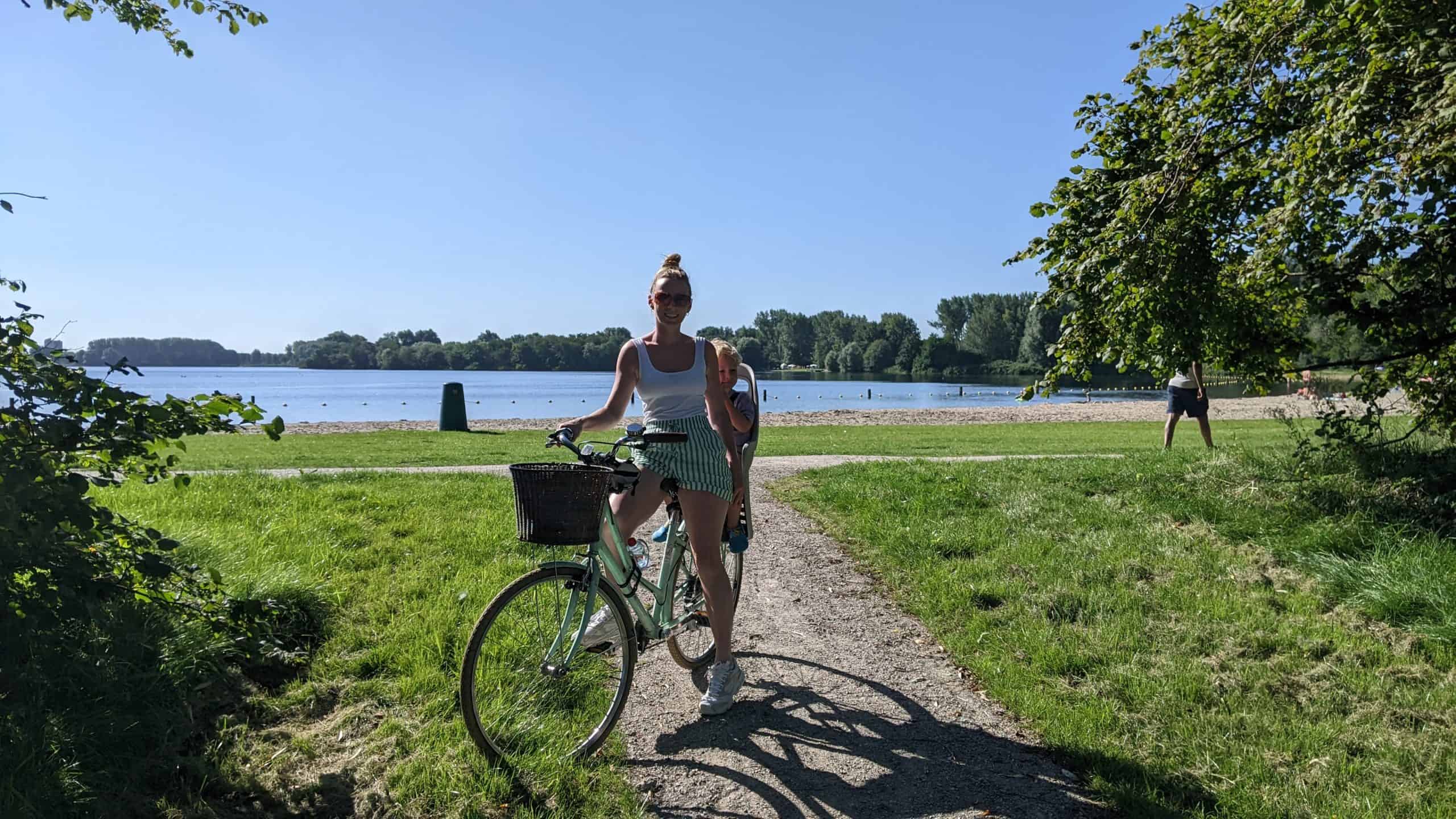
I enjoyed reading this article after just coming back from the Netherlands on a family holiday with bikes and younger children. We too enjoyed the freedom to leave the car behind and cycle into the big cities – sometimes on quite built up roads but with the clear signage and protected cycle lanes this felt OK. We were probably the only people wearing helmets and as our main jackets were the fluorescent ones we feel obliged to wear in the UK to prevent being targeted as the cause of an accident we stuck out quite a lot! This small distinction that it is not the responsibility of the cyclist to be constantly seen by all was refreshing. The other main thing that stuck out was the lack of aggression/frustration towards cyclists by any other road user. In Britain I too often feel that I am apologising or being overly polite to pedestrians on shared cycle routes but also holding up lots of traffic when out on the road. The fact that the UK does not provide a dedicated space for cyclists makes it harder for everyone. In the UK our family trips are usually well planned and often involve taking a car/train to the start point to enjoy a safe route using the Sustrans overlays on OS mapping. (much more could be said about the difficulties of getting 4 bikes on a train) but not in this reply) Even then we have come unstuck when cycle routes do not live up to expectations and suddenly prove dangerous for family cycling. Our trip to the Netherlands left me slightly downbeat about the amount of catching up required in the UK which many in power don’t seem to grasp. A little cycling trip to the Netherlands for our transport planners might be quite enlightening.